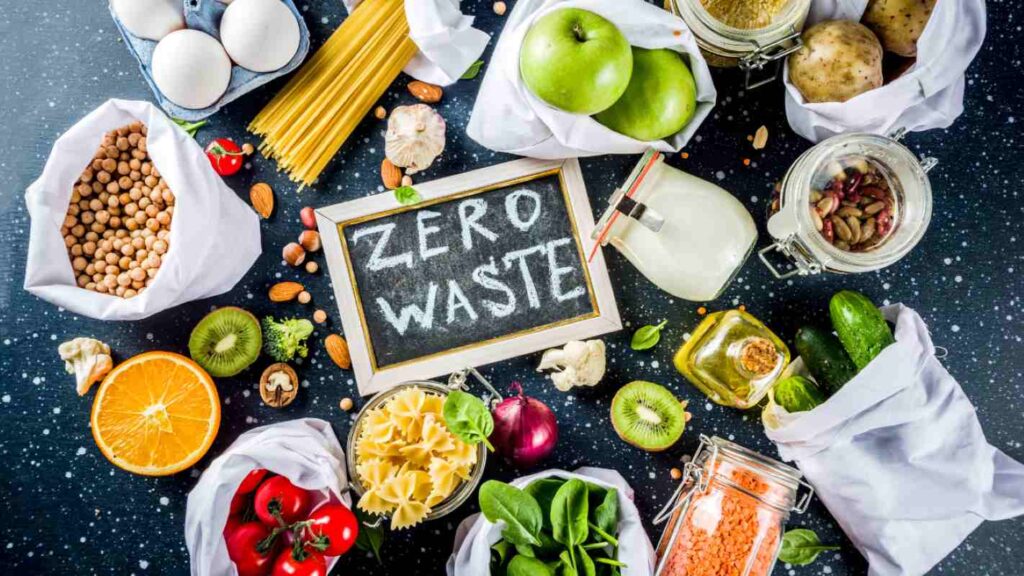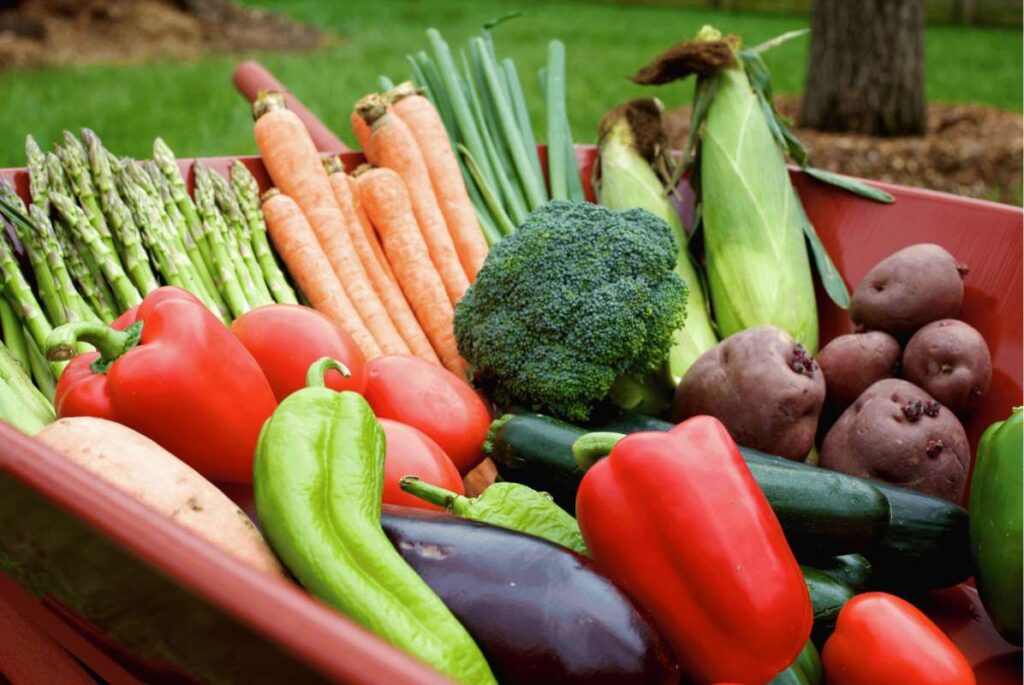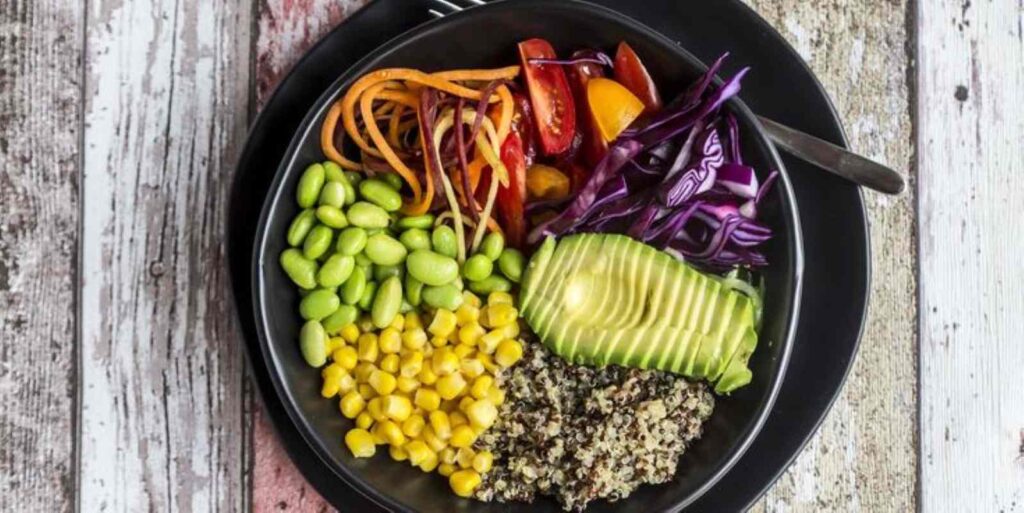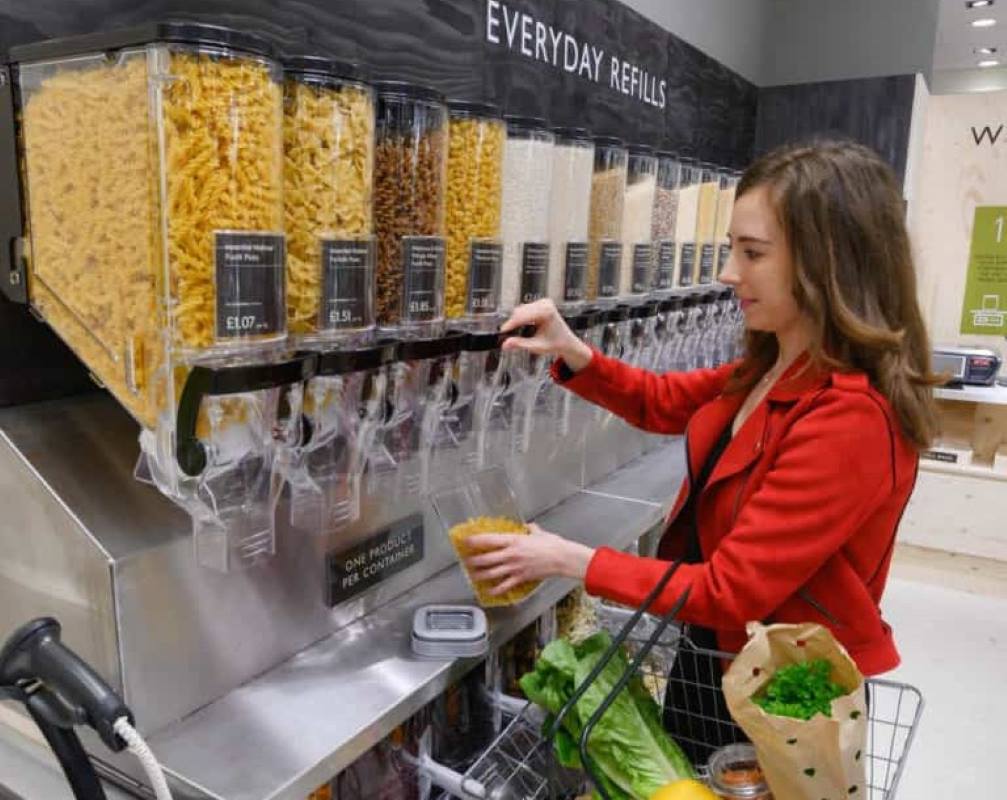The widespread notion is that sustainable eating on a budget is not feasible. Some folks think they can only enjoy all the trappings of healthy eating on a fat income. Well, permit us to burst some of those bubbles and offer foolproof tips on eating green affordably.
Some eco-friendly food habits can indeed be expensive to maintain. Folks who religiously follow habits like eating only organic, local, plastic-free, and meatless diets are often those who have a lot of loose cash to throw around. However, that does not automatically translate to green meals without overspending being out of reach for the middle class or low-income earners.
With smart planning, local choices and strategic habits, you can easily nail sustainable eating on a budget. This article will provide practical and actionable tips and strategies for eating green affordably.
What Is Sustainable Eating?
Sustainable eating involves a litany of dietary choices that help to ensure human and environmental wellness. One of the 17 sustainable development goals of the UN Charter is ‘Zero Hunger.’ However, it would be foolhardy for the human race to pursue this goal at the expense of the global ecosystem.
Indeed, providing enough food for the burgeoning population of planet Earth has a marked impact on the environment. Don’t take our word for it, several scientific studies affirm similar sentiments.

Consequently, sustainable eating habits are such that put the minimum possible strain on the environment. Some qualities of diets that you could categorize as sustainable are:
- Being environmentally friendly
- Ethically sourced
- Low-waste foods
While it may seem impossible to eat our sustainability cake and have it, striking a feasible balance should not be difficult. So, from the foregoing, eating plant-based meals, buying local food and reducing food waste are some of the surefire methods of transitioning to sustainable diets.
Permit us to blow up some of these recommendations.
ALSO READ: Are Organic Foods Really Healthier? The Truth Behind the Hype
1. Plan Your Meals to Minimize Waste
When you plan meals well, leftovers may eventually taste better than fresh dishes. This counsel should inspire the development of a physical meal planner or a sheet on your PC. Crafting meals around resources available in the pantry is the epitome of such planning initiatives as described earlier.
Another concept that could help reduce food waste is batch cooking. In restaurants or at home, we can optimize leftovers and reduce waste by exhausting one batch before preparing another. That’s the core of batch cooking.

To effectively preserve dishes prepared as part of the batch cooking plan, freeze excess food in each batch. Culinary creativity may even kick in as you repurpose ingredients. Above all, buy only food items that you need. Avoid temptations to indulge in impulse buying, say, because the food item comes at a huge bargain.
Cutting waste through these methods will result in zero waste eating on a budget and reduce the carbon footprint.
2. Buy Seasonal and Local (Even Without a Farmer’s Market)
Another tip for sustainable eating on a budget is making the most of seasonal foods. It’s a no-brainer that when a certain produce is in season, the price drops naturally, thanks to supply spikes. However, eating seasonally will require you to adopt culinary versatility while shifting diets with the seasons.

Another tip for an affordable, sustainable diet is to buy food from local farmers and vendors. The logistics of transporting food over long distances contribute their fair share to greenhouse gas emissions. Sustainable eating on a budget and healthy environmental food choices start with looking for local substitutes for imported or hauled food items.
3. Go Plant-Forward Without Going Vegan
Most people use meat and meat products as their protein source. However, sustainable trends are expediting the development of sustainable and plant-based protein sources. Since cows are said to be a significant contributor to greenhouse gas emissions, national sovereignties are looking to encourage environmental food choices. Lab-grown meat, plant-based but not fully vegan meals, and subtle substitution of plants as a protein source are some environmental food choices being adopted.

So, the nutritional quality of your diet does not have to hinge on how expensive it is. This is why we are advocating for ethical eating for less. When meat is affordable and ethically sourced, eat it. Alternatively, go for plant-based protein sources like beans, tofu, eggs, and lentils—all these are relatively budget-friendly and planet-friendly.
ALSO READ: Food Waste in Restaurants: What’s Being Done About It?
4. Be Smart with Packaged and Processed Foods
More food brands keying into sustainable manufacturing goals set up refill stations in malls and stores. This initiative reduces the volume of waste from packaging materials that comes with processed foods. Besides cutting waste, buying food from refill stations is often cheaper than the fully packaged variant.

On the other end of the spectrum lie food brands that price their commodities relatively high because of some “eco” label. This marketing strategy is called greenwashing. So, by no means get hoodwinked by some label; instead, go for eco-budget meals. By now, you know what sustainable living really means. Again, a premium budget is not a prerequisite for eating healthy sustainably. With cheap sustainable recipes, adopting sustainable diet tips and zero waste eating on a budget, you can sidestep having to break the bank to eat healthy. Small changes go a long way when it comes to habit formation. So, this week, how about trying out one of our tips on sustainable eating on a budget?











